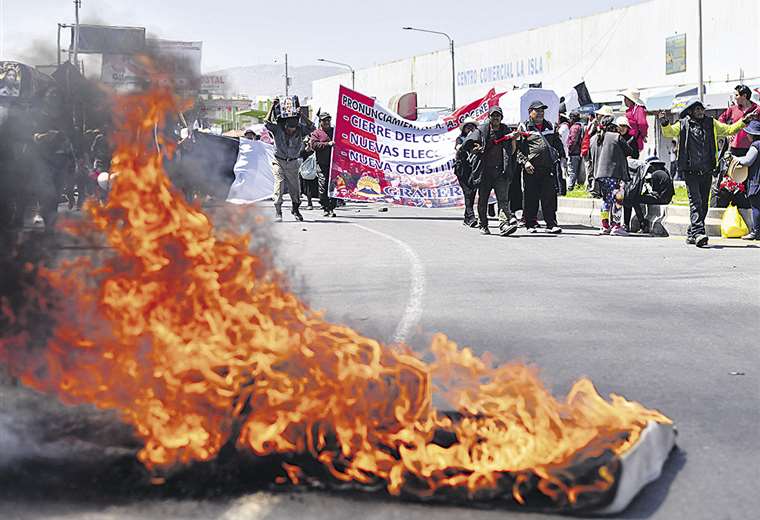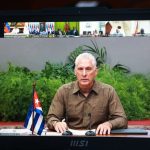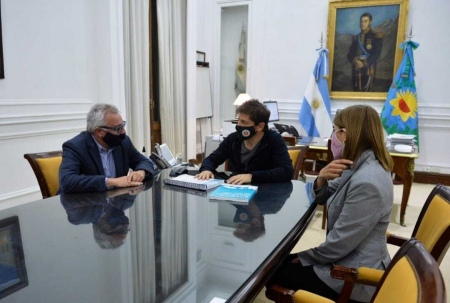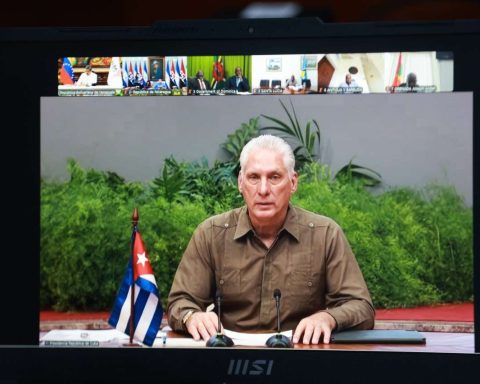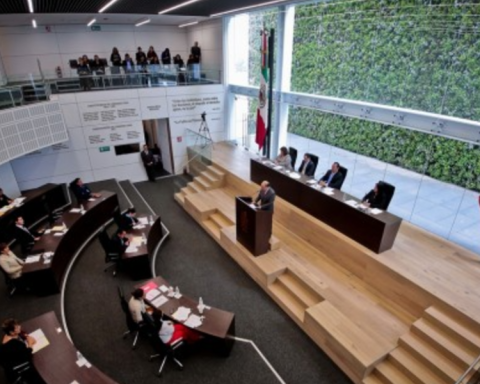January 16, 2023, 4:05 AM
January 16, 2023, 4:05 AM
The removal and detention of Former Peruvian President Pedro Castillo, on December 7, 2022, for the alleged commission of the crime of rebellion and conspiracy to order the dissolution of Congress and the reorganization of the judicial branch, keeps the neighboring country in a crisis that claimed the lives of 42 people and that did not give truce. Neither the curfew nor the state of emergency in some regions stop the demonstrations demanding the resignation of Dina Boluarte and the call for new elections.
This week the violence may intensify due to the call for marches that will leave today from the south of Peru to Lima; action that the authorities describe as a “riot” against Boluarte.
Peru, in a state of emergency
At midnight on Saturday, the transitional government headed by Boluarte extended the state of emergency for 30 days in Lima, Cusco, Callao and Puno to curb the violence, authorizing the Armed Forces to intervene together with the National Police to safeguard public order. This measure also suspends the constitutional rights of inviolability of domicile and the freedoms of transit through the national territory, assembly and personal liberty and security.
On the other hand, it determined to extend for 10 days the curfew in Puno, the epicenter of the demonstrations, and which orders the population to remain in their homes from 8:00 p.m. to 4:00 a.m.
Almost 100 blocking points
As of Sunday, 99 sections of highway remained blocked by protesters in 10 of the 25 Peruvian regions calling for the resignation of Boluarte, who assumed the presidency after Congress ousted Castillo following his failed coup.
The blockades affect 11 regions of the Andes and the Amazon, especially in the south, close to the borders with Bolivia and Chile. According to statistics from the Superintendency of Land Transportation, never before have there been so many cuts in the current crisis.
Despite the conflict, Cusco, a mecca for international tourism, tries to get back on its feet with the opening of operations at the Velasco Astete airport, closed for two days for security, and the restoration of train service to the citadel of Machu Picchu. And it is that local unions assure that they lose up to $us 1.7 million daily due to the crisis.
42 dead in five weeks
According to the Ombudsman’s Office, the protests that resumed on January 4, after a truce for the end of the year holidays, have left at least 42 dead in five weeks.
On Sunday, a mass was held in the atrium of the Lima cathedral to remember the people who lost their lives in the protests.
“All of them are our deceased, there is no death of someone elseeither. We are all Peruvians,” said the Archbishop of Lima, Carlos Castillo.
The priest named each of the civilian victims and the policeman who was burned alive in the city of Juliaca, on the border with Bolivia.
